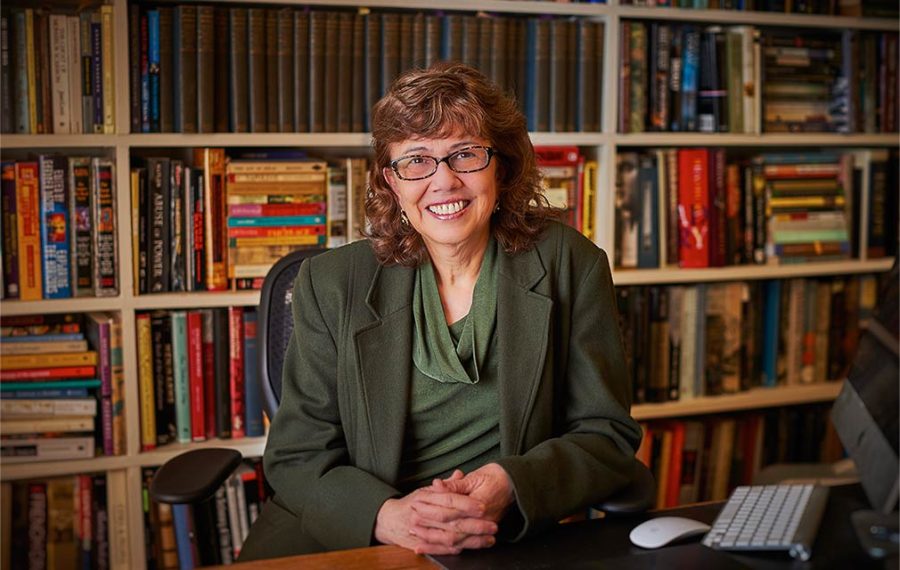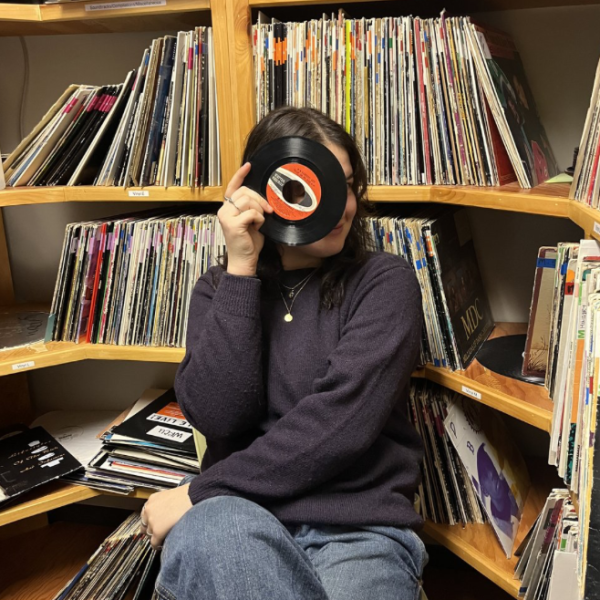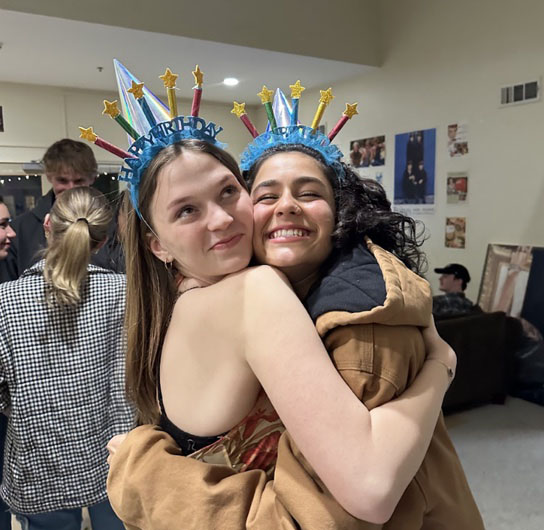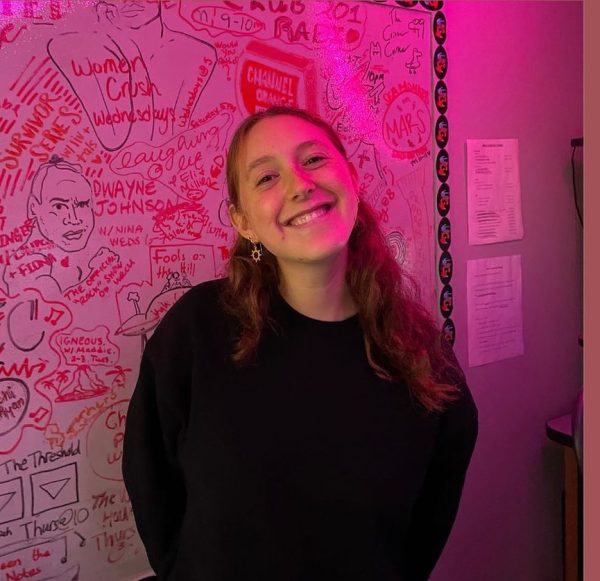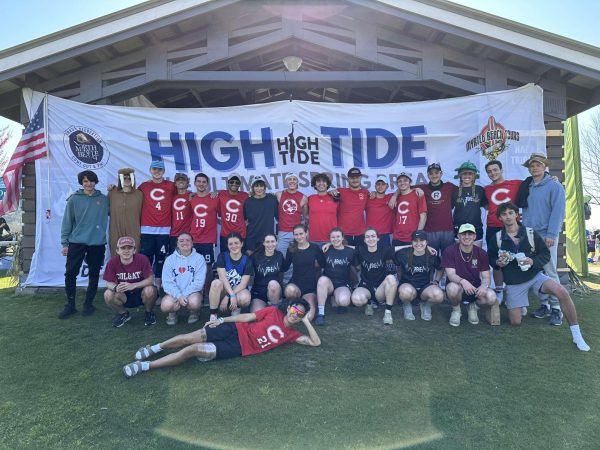Professor Jill Harsin: Reflections on Service to Colgate
Since arriving at Colgate in 1982, Jill Harsin, the Thomas A. Bartlett chair and professor of history & director of the division of social sciences, has proven herself an invaluable member to both her respective departments and the broader school community. Prior to her arrival, Harsin attended Missouri State University and the University of Iowa — both much larger institutions than Colgate.
Harsin discussed the shift to a small liberal arts school.
“The more I learned about the mission here — the liberal arts — the more I began to think I wished I’d come to a place like this. I liked how much freedom I had to design courses, to think about what I wanted to teach and it was great. You get very attached to the place, you get very loyal and find yourself wearing Colgate sweatshirts all the time,” she said.
Harsin got straight to work in the history department. At the time, the history department had two other women professors employed — one under tenure and one not. This fact had a marked impact on her transition into the community and teaching in general.
“There weren’t that many women in history. And there was still some resistance to hiring women and when I found out there was already a woman, in particular one woman, I thought ‘Oh well they won’t need me.’ It turned out great that she was there. Her name was Nancy Tucker and she was a great international historian, China specialist. And she was so helpful, she really mentored me as a new person and was terrific. It was great to have her there,” Harsin said.
In her first year at Colgate, Harsin taught a women’s history course among others. Despite the overwhelming support she received from many of her colleagues, there were certainly challenges she faced as an instructor on the earlier side of Colgate’s inclusion of women in the faculty, challenges that her male counterparts did not face. Some of these challenges have been vastly reduced over the course of her career, while others have persisted.
“I think people sort of expect different things from women — more kindness, more empathy. And I don’t object to that. I hope people think that way about me. But it’s amazing, we used to get comments in our SETS [student evaluation of teaching] about how we dressed. We don’t really anymore — I suppose one or two,” Harsin said. “My late husband also taught in the history department, Briton Busch, and I would talk to him: ‘Here’s what I ran into, what should I do?’ And he would tell me what he would do in the classroom, and I would think: ‘I can’t do that! I can’t get away with that.’”
While not directly responsible for the formation of the women’s studies department, Harsin expressed great appreciation for those who were and the state of the program today. She recalled a time in which the department was located in the building that now houses the Hall of Presidents and the eventual shift to its current location in the basement of East Hall. This move would not have been possible without the dedicated effort of the directors of the program at the time.
With regards to the women’s studies department and women’s history courses, there has been a definite increase in the availability of material for instruction and academic concentration on the related subject material.
“When I started teaching women’s history, there wasn’t much to it. There wasn’t much scholarship. You had to really dig to find what you were talking about. I think it has shifted into much more gender and race and class. So, I think it’s these social categories of analysis. I know I certainly teach it differently than I used to,” Harsin said.
Harsin has an enthusiastic passion for French history, particularly for the French revolution. She has published several books and essays about related topics, including “Policing Prostitution in Nineteenth Century Paris” and “Barricades: The War of the Streets in Revolutionary Paris.” In addition, she maintains an active blog with opinion pieces on contemporary issues of politics and culture in France. The blog can be found at reflectionsonfrance.com.
Harsin described the origins of her academic interest in France.
“It’s why I never tell a student when I’m advising their schedule, I never say ‘Don’t take something because it’s at ‘X’ time,’ because when I was an undergraduate, I was thinking more German history, generally European or Latin American, and I needed a class, there was an open class at the time I needed it and it was France. It changed the whole course of my life.”
“I just found myself captivated by the long history of France. And also, what [the French Revolution] means in terms of extremist political moments. The blog reflects my interest in the politics of now,” she continued.
Outside of her role as an instructor in history, Harsin has sat on a number of governance committees at Colgate. Furthermore, Harsin was asked to fill the role of interim school president following the departure of Jeffrey Herbst in 2015. She served in the position for one year before the arrival of the current president, Brian Casey.
“It was always merely interim; I’m happy to say. I was willing to do it for Colgate. It was not my dream. I kind of like administration actually, but I like it in the job I’m doing now — division director. That allows me to do some teaching too. But, it was an interesting experience. I learned a lot,” Harsin said.
Harsin finds her passion in teaching. The entire Colgate community has benefited from her dedication and leadership over the years. However, in light of Women’s History Month, one cannot fail to recognize the influence that her success has had on the position of women here on campus. She continues to be a role model for both her students and other faculty members.
In closing, Harsin discussed the current state of women at Colgate and made predictions for the future.
“I hope we can continue to try and make everyone feel welcome here, so they can thrive. So they can really feel like they can focus on their work.”


